JAXA, Hayabusa2, And Asteroid Defence
9th Jan 2024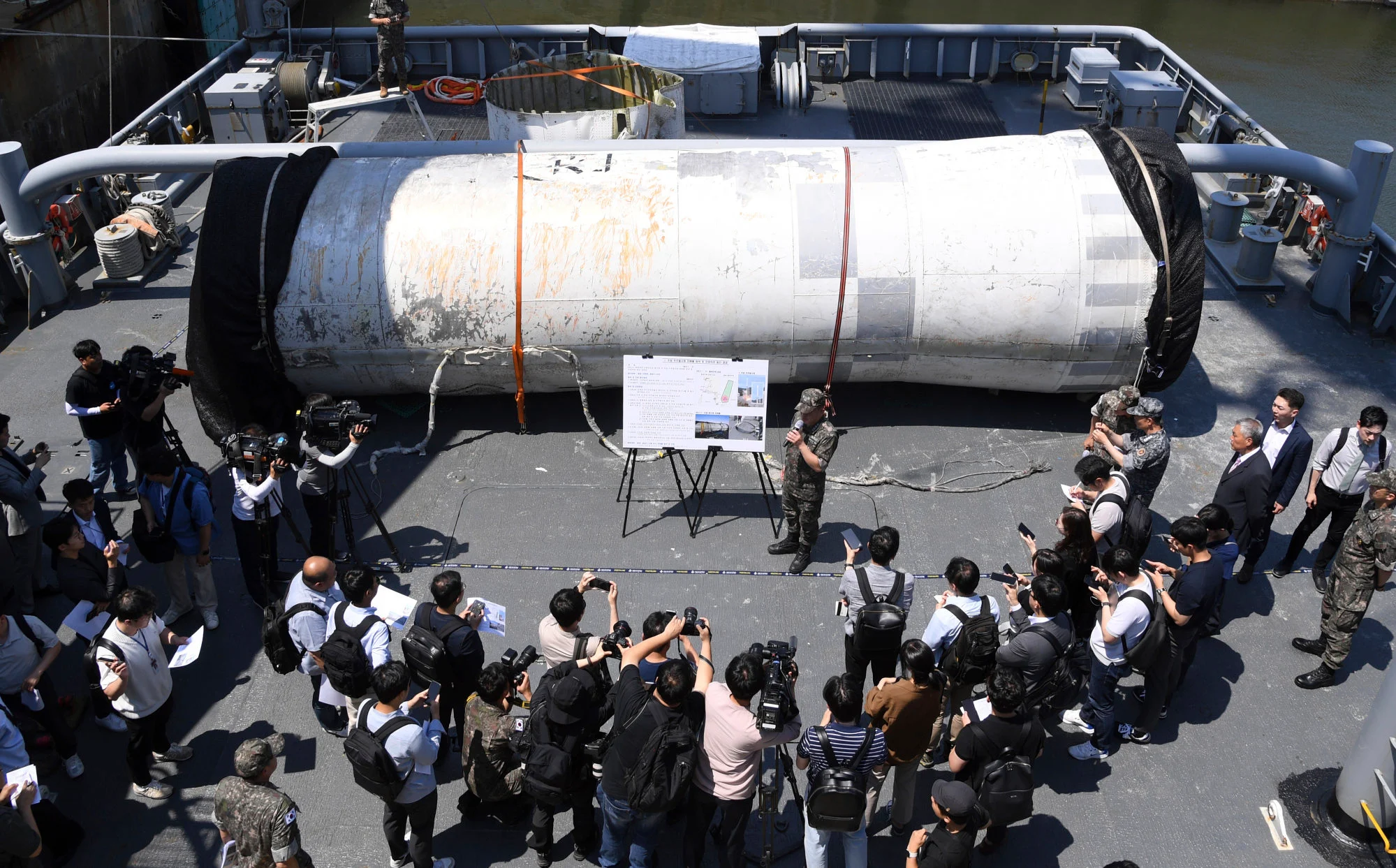
Media reports claim that the Japan Aerospace Exploration Agency (JAXA) is gearing up for a mission to evaluate technology that can intercept and destroy rapidly moving asteroids that may collide with the Earth. To achieve this goal, JAXA is repurposing its Hayabusa2 spacecraft. Actually, this has already happened. With asteroid deflection again in the news, though, it is worthwhile to look at what Hayabusa2 will be doing in future.
After its launch in December 2014, the Hayabusa2 spacecraft was assigned the six-year mission of intercepting the near-Earth asteroid known as 162173 Ryugu. The spacecraft accomplished its mission and reached the asteroid in June 2018. After 18 months of surveying, Hayabusa2 collected debris samples by shooting a pellet into the surface of the asteroid. Later, in December 2020, the samples were returned to Earth, particularly the Australian outback. Scientists are currently studying the samples to uncover insights into the formation and evolution of the universe.
JAXA’s Hayabusa2: Future Missions to Explore Rapidly Spinning Asteroid and Improve Planetary Defense Technologies
In December 2020, following the success of the mission, JAXA engineers announced plans to utilize the leftover xenon propellant to facilitate a fly-by of the asteroid named 2002 CC21 in July 2026. Following that, in 2031, The craft is scheduled to approach the rapidly spinning asteroid 1998 KY26, which is roughly the size of a small school bus and has a nearly spherical shape with a diameter of 30 meters.
JAXA has revealed that the 1998 KY26 asteroid, which has an orbit that intersects with the Earth’s, currently revolves around the sun and has a minimum distance of about 374,000 km from Earth. As per the South China Morning Post, JAXA stated that the asteroid belongs to the category of “fast-rotating” asteroids based on its 10-minute rapid rotation time. The asteroid’s small size and fast rotation create a unique physical environment near its surface, where the centrifugal force caused by the rotation is greater in comparison to its gravity. Nonetheless, JAXA’s plan involves using Hayabusa2 to place a target marker on the asteroid to enhance their knowledge regarding such celestial objects.
The Japanese space agency highlighted that asteroids of this size collide with the Earth approximately every 100 to 1000 years and can cause considerable harm. Ground-based observations have not been adequate enough to offer the required information. In that respect, close examinations of asteroids like 1998 KY26 and 2002 CC21 are vital for advancing planetary defense technologies.
JAXA’s Future Fly-By Missions to Demonstrate Technology for the Interception and Deflection of Earth-Bound Asteroids
Through both future fly-by missions, JAXA intends to showcase the technology required to redirect an asteroid’s trajectory by having a spacecraft collide with it. This may prove challenging as Hayabusa2 was originally manufactured for asteroid rendezvous.
Hayabusa2 will mark the initial phase in an effort to prepare spacecraft to intercept and deflect asteroids that pose a threat of colliding with the Earth.

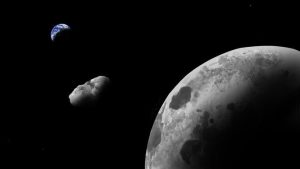

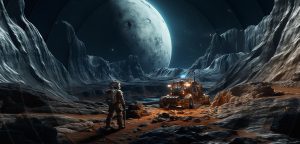
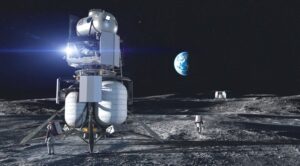

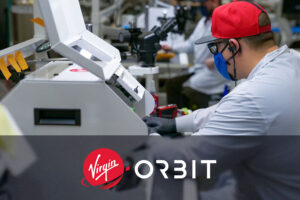
Thank you for your comment! It will be visible on the site after moderation.